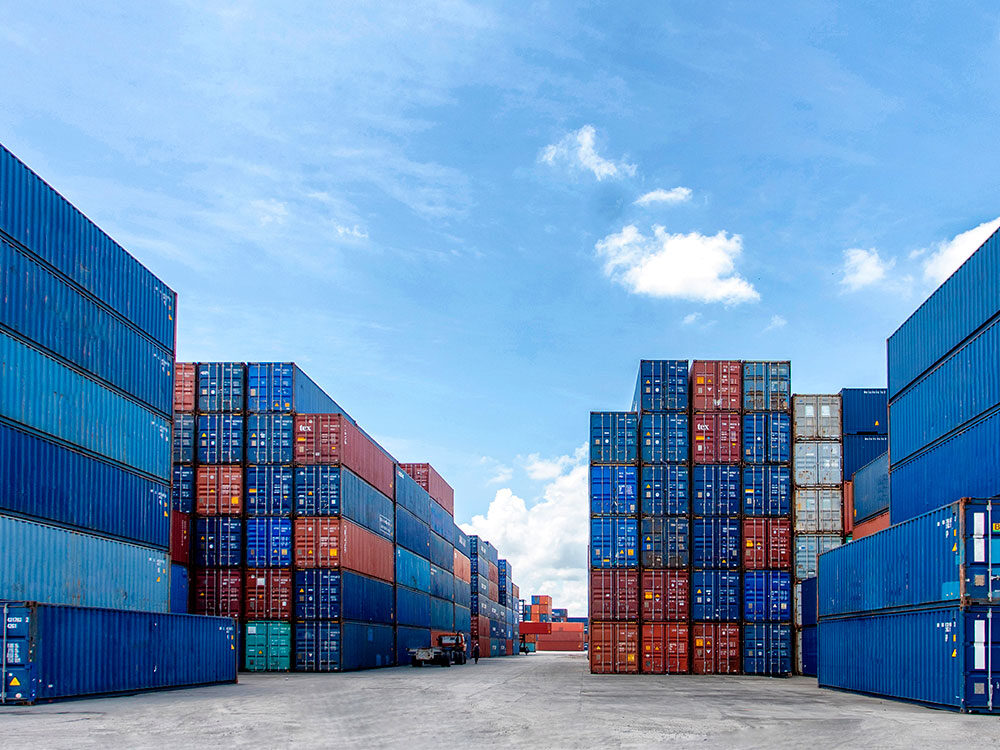Two fundamental factors when choosing a shipping container—regardless of the intended use—are safety and resistance. One of the most popular shipping containers is the 40-foot container, due to its attractive dimensions and capacity. By the end of 2013, they represented 50% of the world's shipping container fleet, according to the Drewry container census report.
Although containers are primarily used for commercial transportation and cargo, they have many other uses. They can be used as warehouses or for architectural developments, as the versatility of modular construction allows them to become the cornerstone of homes, hotels, restaurants, and more. If you want to know more, you can read our article What Constructions Can Be Made with a Maritime Container?
The durability and safety of a container are crucial. These containers are built to withstand the marine climate, impacts, and movements that arise during their transportation over the sea. However, these are only some of the features to consider when purchasing a 40-foot shipping container.
Value Features and Dimensions of a 40-Foot Container
Before purchasing a container, you should ensure that its construction meets international specifications for durability and safety.
- Compliance with maritime and safety regulations at national and international levels.
- High-quality steel construction with corrugated walls.
- Corrosion resistance.
- Doors that open 270 degrees.
- Multiple tie-down points to secure the load.
- Marine layer floor with certifications.
- Ventilation equipment.
- Warranty and after-sales service.
- Containers 40 feet or longer typically have a gooseneck tunnel, a slit in the floor structure that mates with the gooseneck on container semi-trailers.
Dimensions and Technical Features:
- Tare weight: 3,830 kg / 8,445 lbs
- External length: 12.2m / 40ft
- External width: 2.44m / 8ft
- External height: 2.6m / 8ft 6in
- Internal length: 12.04m / 39ft 5in
- Internal width: 2.35m / 7ft 8in
- Internal height: 2.39m / 7ft 10in
- Cubic capacity: 67.5 m³
- Payload weight: 26,820 kg / 59,130 lbs
- Loaded weight: 30,480 kg / 67,200 lbs
Types of Containers
The best type of container for you depends largely on its intended purpose. Here are some types to help you make the best choice:- Dry: The most used container in the world, capable of carrying almost any load due to its versatility.
- Refrigerated: Acts as a mobile refrigerator, using state-of-the-art machinery to ensure frozen or fresh products arrive in perfect condition.
- Open Top: Has an open roof covered by a secured tarp to protect the load.
- Flat Rack: Designed for loads that extend beyond the internal measurements of fixed containers. Available with fixed side panels or folding panels.
- Isotank: Designed for loading liquids and gases, with special coatings to make it airtight and safe.
You may also want to know about prices and other characteristics of new and used containers.
Dracontainers offer a 15-year warranty. In addition to training, installation, and technical service, Dracontainers will help you transform your container for any type of industrial or interior design project you have in mind. They can even give it a corporate image so that it becomes part of your business from the beginning. For more information, contact one of our experts, who will guide you during your purchase.









